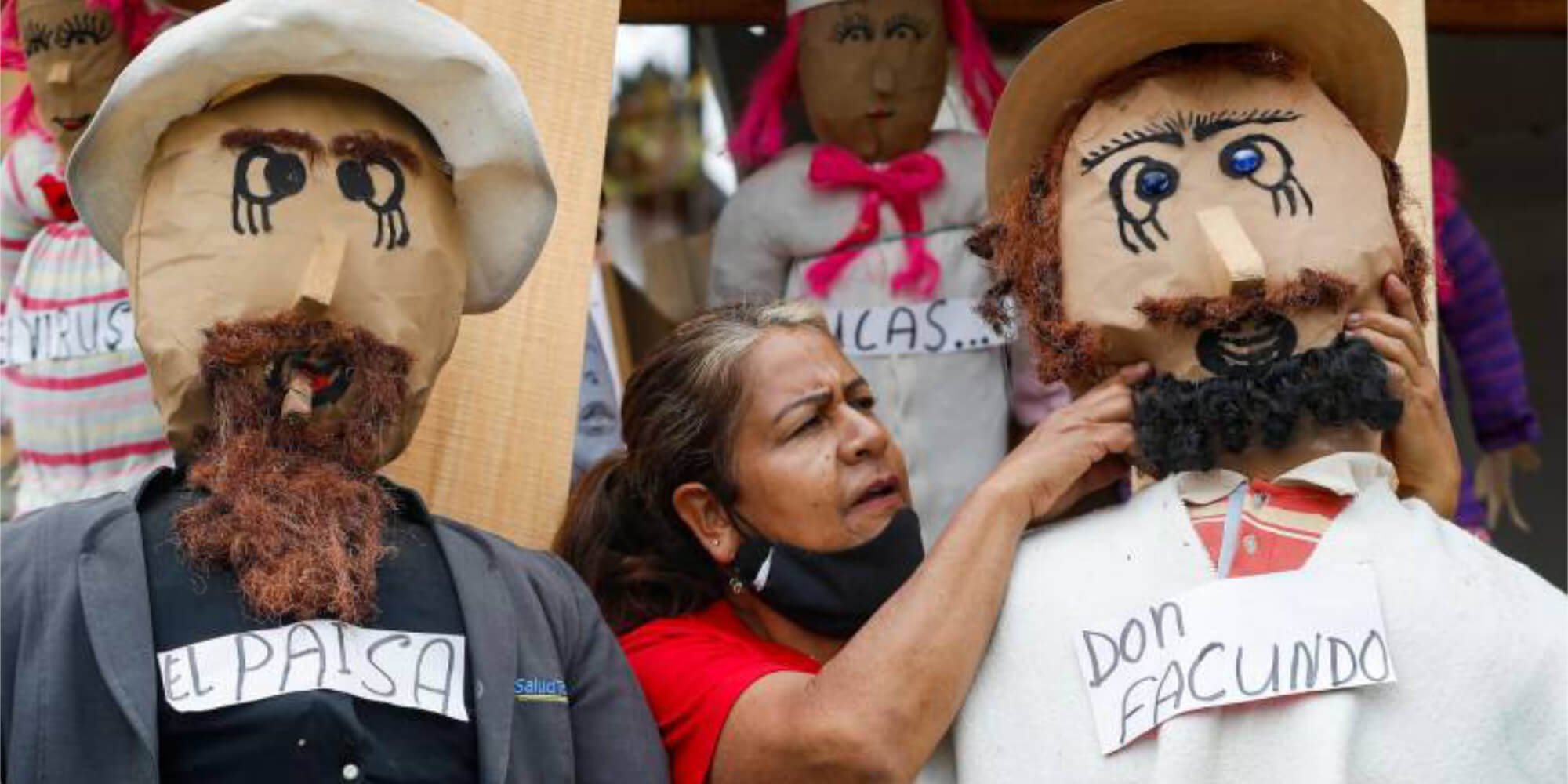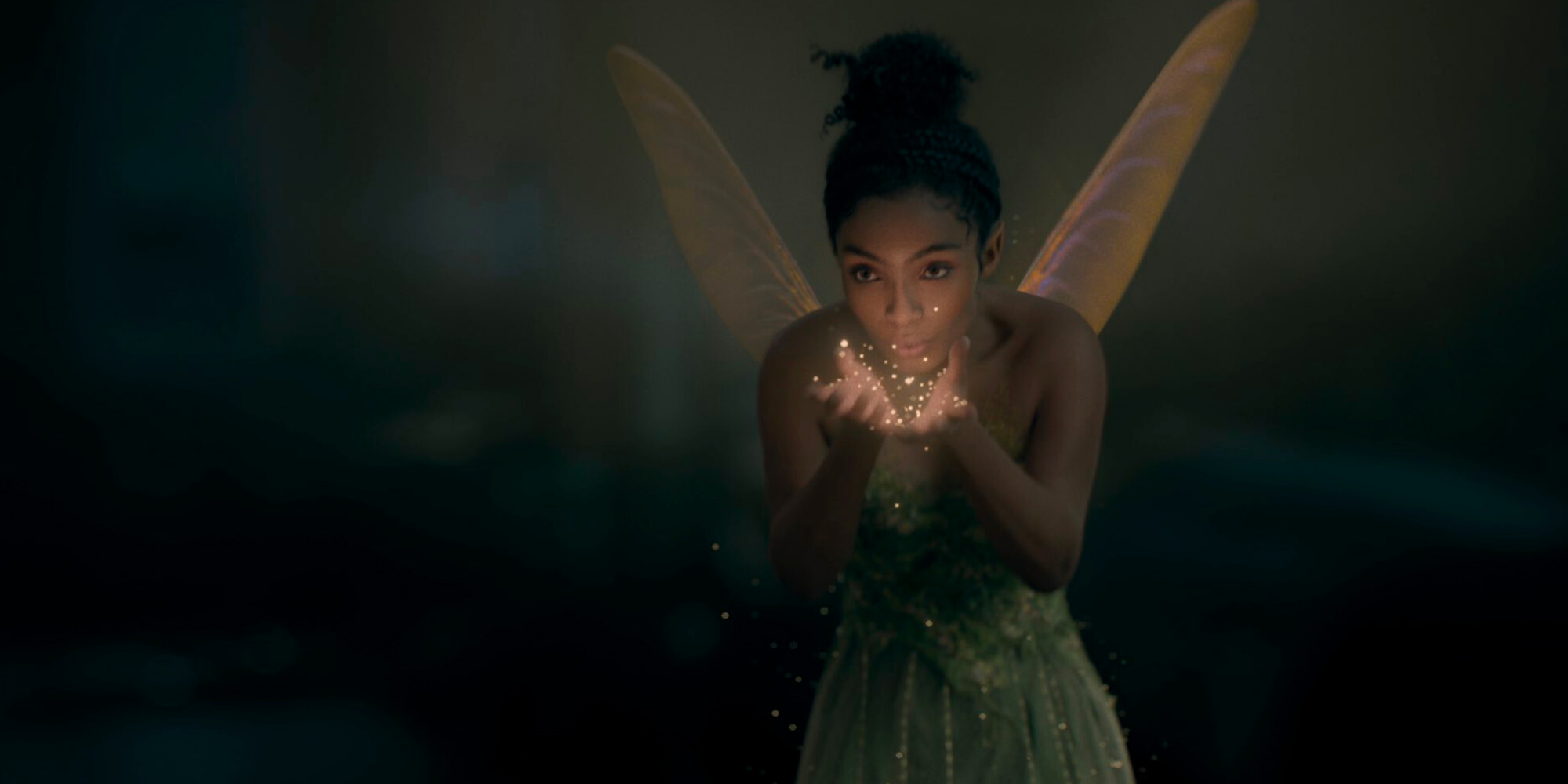Burning the Año Viejo and Make Space for the New: Latin American’s New Years’ Ritual
In Latin America, just days before the end of the year, a unique tradition takes place. People rummage through their wardrobes, searching for old clothes to dress up a life-sized doll called ‘año viejo.’ It’s not just about the clothes, though; it’s about deciding what to burn along with it. Steeped in Latin American superstition that has withstood the test of time, the burning of the año viejo symbolizes a powerful ritual of discarding negative energy and welcoming positive vibes as the new year dawns.
This effigy represents bidding farewell to the old and embracing new beginnings. Filled with newspaper, cardboard, and sometimes even fireworks, the effigies are set ablaze on New Year’s Eve as a cleansing act, a symbolic gesture to make room for the fresh energies of the approaching year. As the chaos of the flames, dazzling fireworks, and swirling smoke surround us, it feels like stepping into a clear bubble of resolutions, albeit ones that may fade away come March.
Legend has it that this tradition originated in nineteenth-century Ecuador, where the burning of effigies was a ten-day Catholic celebration. On the 31st, men would take to the streets dressed in white, imitating mourning widows and carrying effigies of drunk, elderly men. In those times, wills were uncommon, leaving widows destitute and forced to wander the streets, begging for money. Similarly, on the last day of the year, people would roam the streets, asking for funds to buy materials for the effigies, mourning the year about to be consigned to flames. However, over the decades, this practice has evolved, drifting away from its Catholic roots and taking on a new significance—one that aligns with spiritual beginnings and the joy of the ritual itself.
Often, these effigies serve as vehicles for political and social criticism, representing public figures, particularly politicians. In recent years, figures like Mr. Coronavirus, ex-presidents Alvaro Uribe, Hugo Chavez, and Donald Trump have frequently taken center stage. After all, sometimes our misfortunes can be attributed to a select few, and hoping to rid ourselves of them may signify a brighter future for the majority.
These effigies are prominently displayed by rivers, on people’s doorsteps, and along roadsides for all to see. As the clock strikes midnight, people hastily consume twelve grapes for good luck and then venture outside to set the dolls ablaze. Some daring individuals even take the leap of faith, jumping twelve times over the burning effigy, risking joining it in the fiery inferno. In fact, accidents have prompted some countries to ban the inclusion of fireworks in the effigies, but that hasn’t deterred the fervor with which these burning figures invade the streets like an otherworldly spectacle.”
Please let me know if there’s anything else you’d like me to assist you with!



























